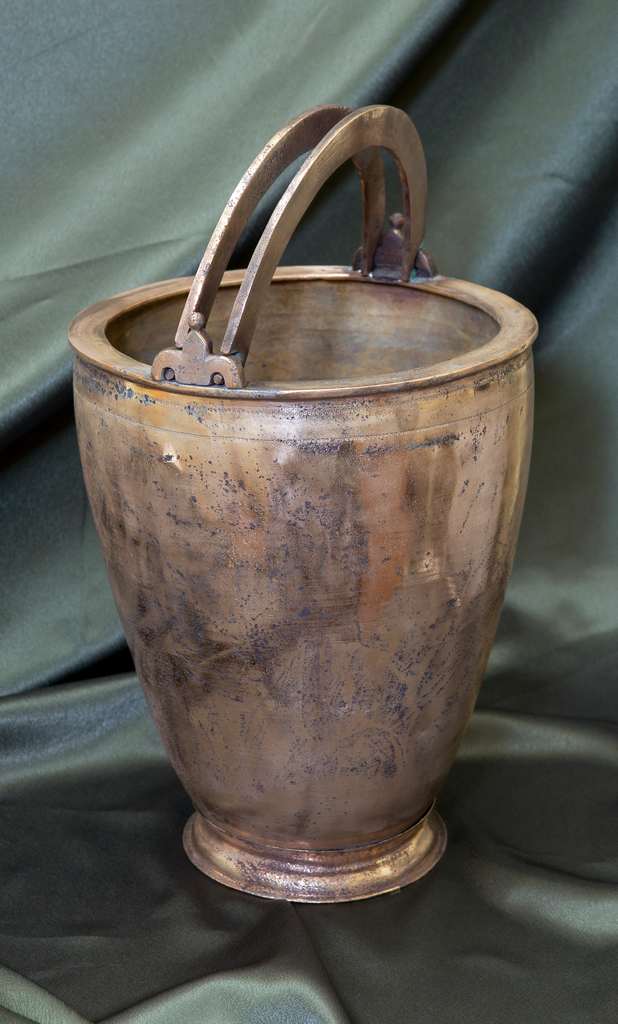  Events Archive Events Archive
Launch of the international photography exhibition World Press Photo 2022
November 9, 2022
On November 9, 2022, the launch of the World Press Photo international photographic exhibition took place at the National Museum of History of Moldova. The General Director of the National Museum of History of Moldova, Eugen Sava, an institution that has been the host of this event for five years, expressed confidence that the public will appreciate the exhibition at its true value. "These photographic works reach the public because they are made by the best photographers in the world. By the value they represent, with certainty, they can be attributed to the category of genuine works of art. The doors of the National Museum of History of Moldova are open for all photography lovers to admire these works of art," said Eugen Sava. The Head of the Office of the Embassy of the Kingdom of the Netherlands in Chisinau, Floris van Eijk, highlighted the fact that the organization of this event in Chisinau has become a beautiful tradition. "The exhibition is valuable not only because we have the most beautiful photographs on display, but also because they try to tell us something important (...) I am sure that you will find here photographs that say something, that make us think and have a better idea of things. We support the independent press, we support quality journalism from Moldova, and this is an additional reason why we also support this exhibition", said Floris van Eijk. The Coordinator of the World Press Photo Exhibition, Netherlands, Marika Cukrowski, sent a video message, welcoming the launch of the collection in Chisinau and highlighting the importance of World Press Photo's mission to connect the world to the stories that matter. Nadine Gogu, executive director of the Center for Independent Journalism, highlighted the increased interest of the public around the world in photojournalism. "A proof of this is the large number of photographers participating in this international competition. The jury certainly had a difficult task because, out of 4,066 photographers from 130 countries, only 24 winners were selected. Their works are part of the heavy category, works that make us think, ask questions and act", said Nadine Gogu. Photojournalist Nicolae Pojoga noted that although this year's exhibition does not say anything about the war in Ukraine, because the photos were taken during 2021, however, "several explosions before this inhumane conflict" can be felt. "I want to draw the attention of my fellow photographers that we work for justice. Through relevant and responsible photographic documents, we hope to contribute to the justice we all expect", said Nicolae Pojoga. The winners of the World Press Photo 2022 contest present stories that span a wide spectrum of issues - from the undeniable effects of the climate crisis or the civil rights movements and the right to access education, to the preservation of indigenous practices and identity. Photography lovers can visit the World Press Photo exhibition at the National Museum of History of Moldova for the next three weeks until November 30. The event is organized by the World Press Photo Foundation from the Netherlands, in partnership with the Center for Independent Journalism, with the support of the Embassy of the Kingdom of the Netherlands in Chisinau.
|


























































